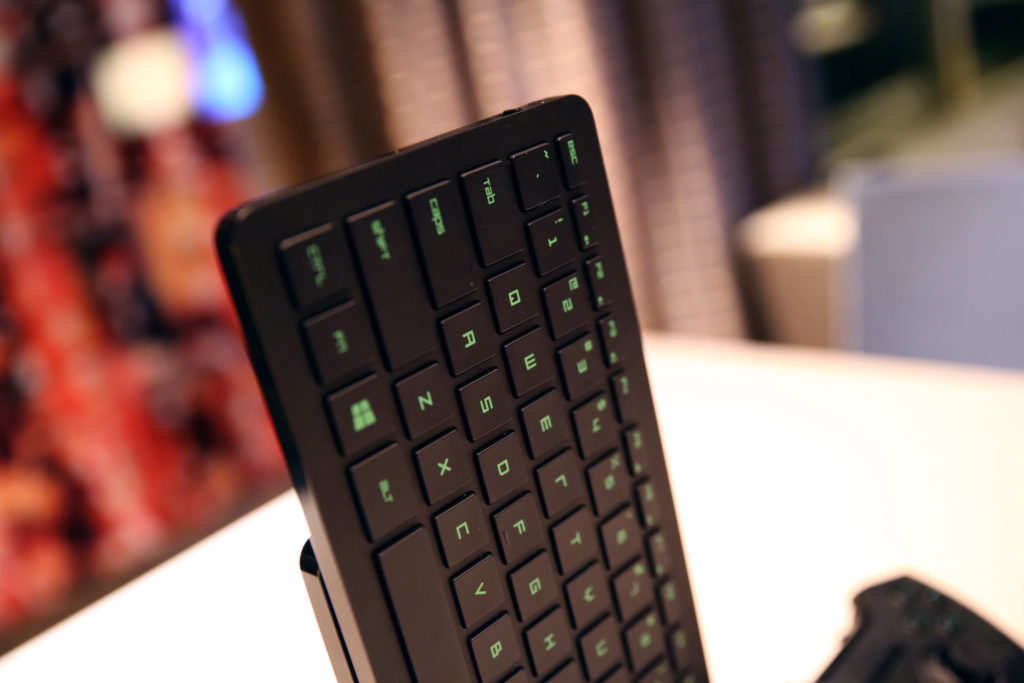
By John Biggs
Daguerreotypes – photos made with a process that used mercury vapors on an iodine-sensitized silvered plate – break down quite easily. The result is a fogged plate that that, more often that not, is completely ruined by time and mistreatment. However researchers at Western University have created a system that uses synchrotrons and “rapid-scanning micro-X-ray fluorescence imaging” to scan the plates for eight hours. The system shot an X-ray 10×10 microns thick at “an energy most sensitive to mercury absorption.” This, in turn, showed the researchers where the mercury
Kozachuk used r to analyze the plates, which are about 7.5 cm wide, and identified where mercury was distributed on the plates. With an X-ray beam as small as 10×10 microns (a human scalp hair averages 75 microns across) and at an energy most sensitive to mercury absorption, the scan of each daguerreotype took about eight hours. The team published their findings in Scientific Reports.
“It’s somewhat haunting because they are anonymous and yet it is striking at the same time,” said Madalena Kozachuk, a PhD student in Western’s Department of Chemistry. “The image is totally unexpected because you don’t see it on the plate at all. It’s hidden behind time. But then …read more
Source:: TechCrunch Gadgets
 Previous post
Previous post
 Next post
Next post